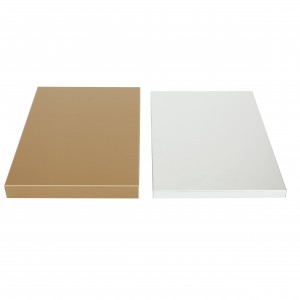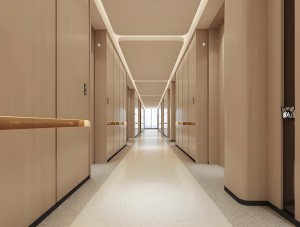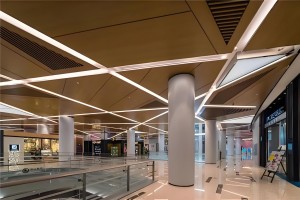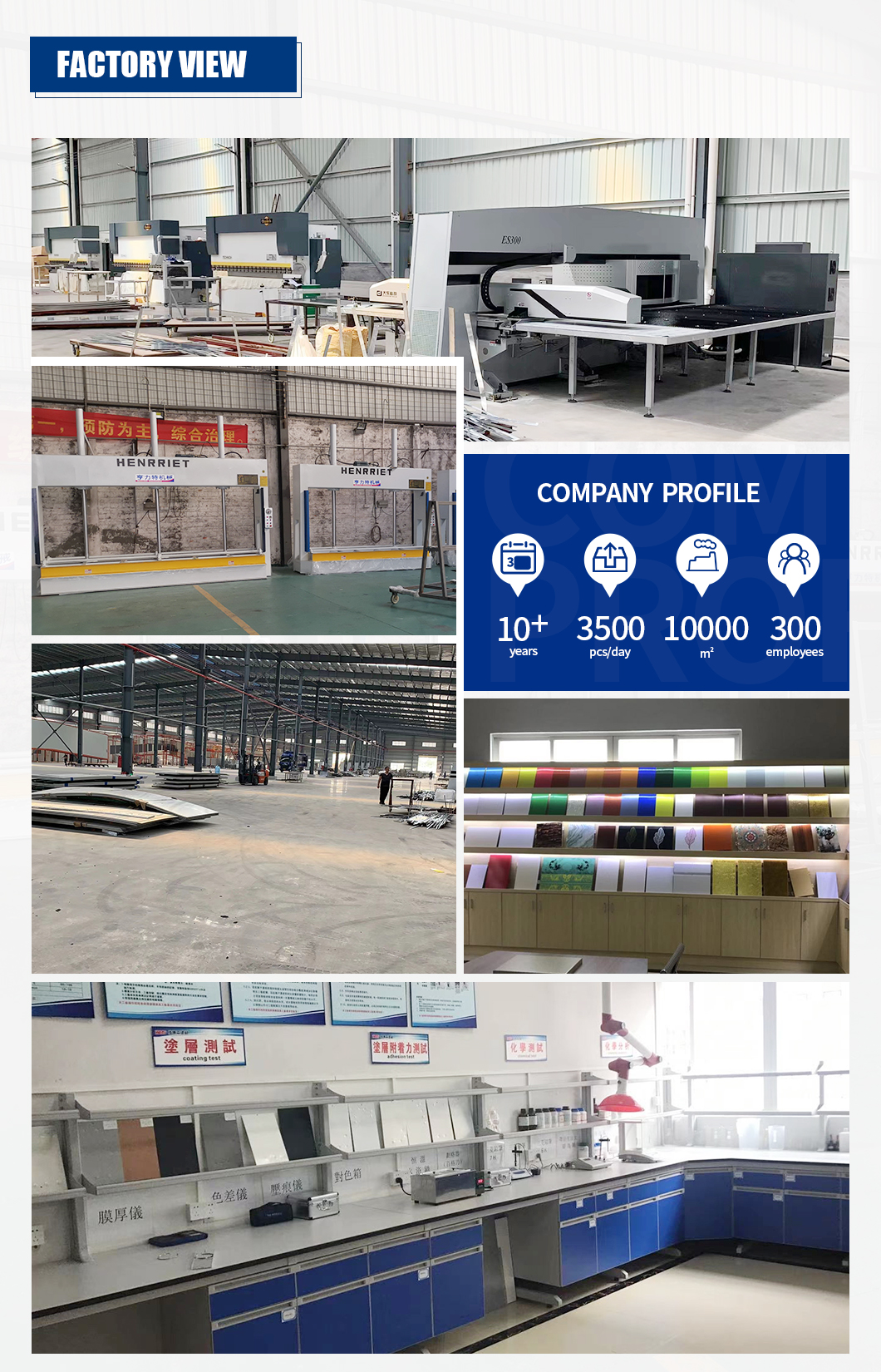The aluminum honeycomb panel industry is undergoing rapid transformation, driven by advancements in materials science, sustainability demands, and Industry 4.0 integration. As architects, engineers, and manufacturers seek lightweight yet durable solutions, new trends are reshaping production techniques and applications. Here’s an in-depth look at the key developments in 2025.
1. Sustainable & Eco-Friendly Manufacturing
With tightening global environmental regulations, manufacturers are prioritizing halogen-free and antimony-free flame retardants in aluminum honeycomb panels, particularly for aerospace and construction applications. Companies like Arisawa Manufacturing have developed eco-friendly prepregs that meet stringent fire safety standards without harmful chemicals3. Additionally, the use of recycled aluminum and low-carbon production methods is gaining traction, aligning with circular economy principles.
Key Impact:
Reduced carbon footprint in construction and transportation sectors.
Compliance with EU and North American environmental regulations.
2. Digitalization & Smart Manufacturing
The adoption of AI-driven quality control and CNC automation is optimizing precision in panel production. Manufacturers are leveraging:
AI-based defect detection to minimize material waste.
Automated CNC machining for consistent core thickness and cell structure.
Case Example: Leading producers like Hexcel Corporation are integrating predictive maintenance systems to enhance production efficiency by up to 20%.
3. Hybrid & High-Performance Composites
To meet diverse industry needs, manufacturers are developing hybrid aluminum honeycomb panels with:
Carbon fiber or GFRP (Glass Fiber-Reinforced Polymer) skins for enhanced strength.
Ultra-high-performance concrete (UHPC) infills for structural applications in buildings and bridges.
Applications:
Aerospace: Lighter yet stronger cabin interiors.
Construction: Earthquake-resistant façades and modular buildings.
4. Modular & Prefabricated Construction Demand
The rise of off-site construction is boosting demand for lightweight, easy-to-install aluminum honeycomb panels. Key benefits include:
Faster assembly (up to 30% reduction in project timelines).
Lower transportation costs due to reduced weight.
Market Growth: The prefab construction sector is expected to drive 6.7% CAGR growth in aluminum honeycomb panel sales by 2034.
5. Aesthetic & Customizable Designs
Architects are increasingly using aluminum honeycomb panels for high-end façades and interior design, thanks to:
Customizable finishes (anodized, woodgrain, 3D textures).
Seamless large-format panels for futuristic aesthetics.
Trend Spotlight:
Dynamic cladding for energy-efficient buildings.
Artistic geometric patterns in corporate and cultural spaces.
Post time: Jul-05-2025





